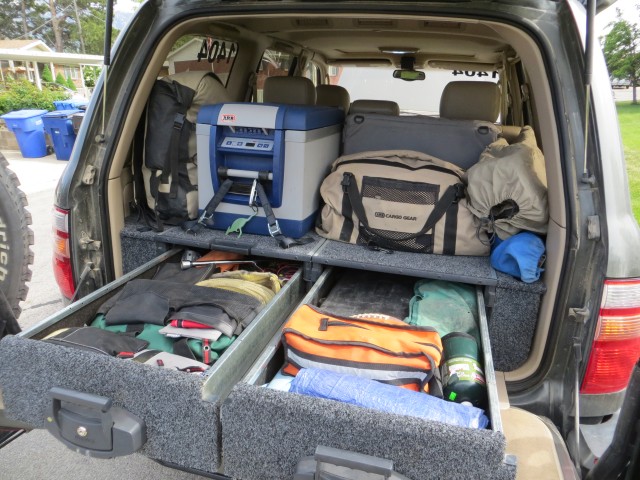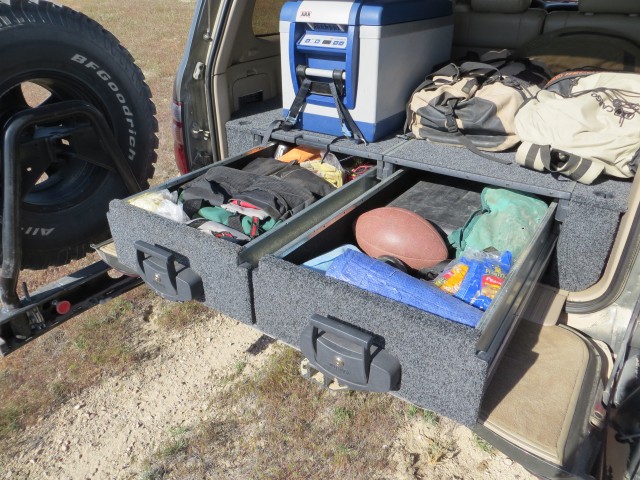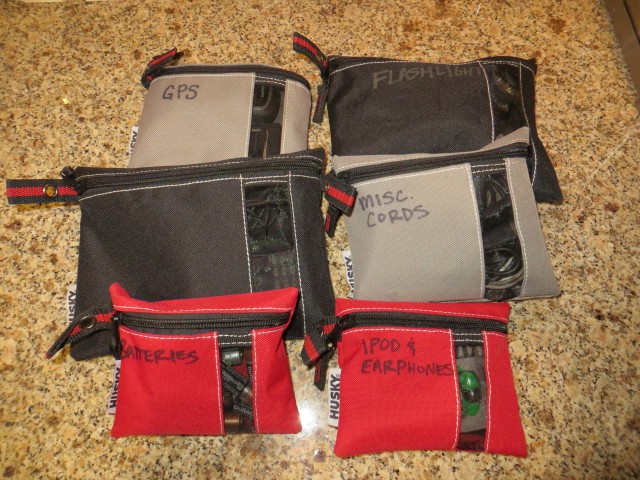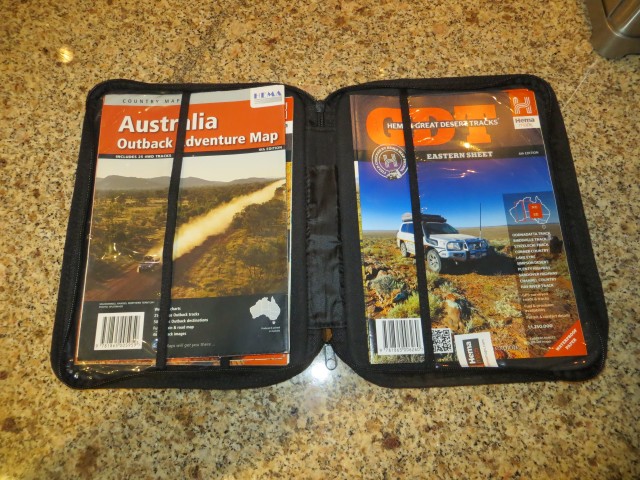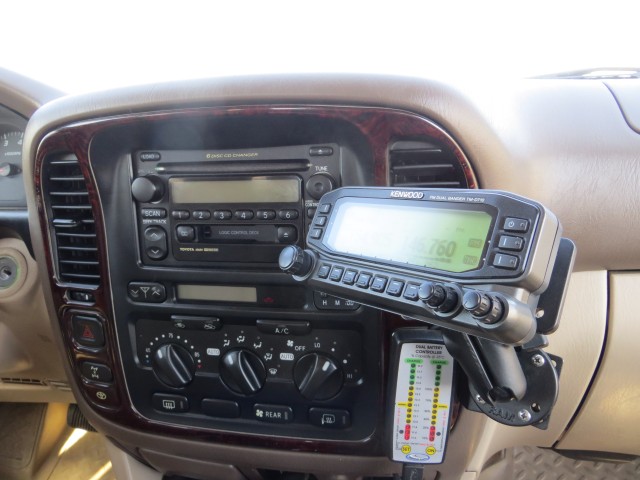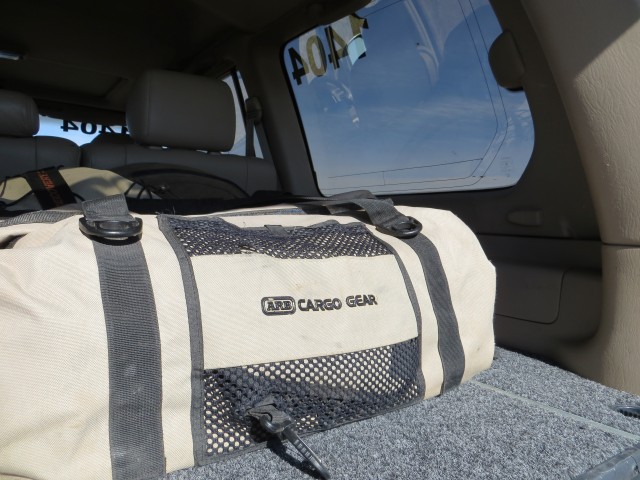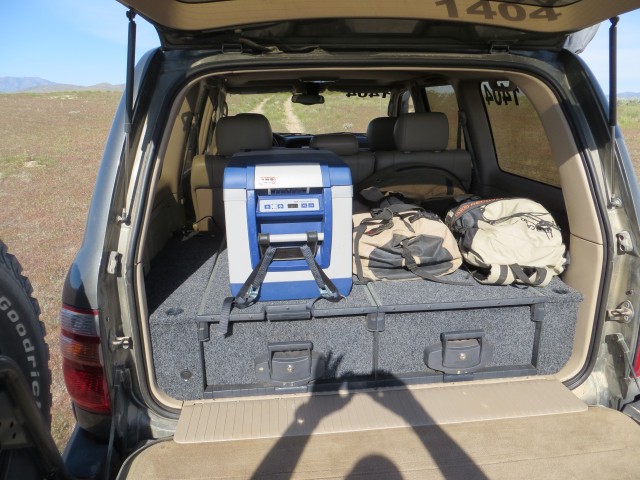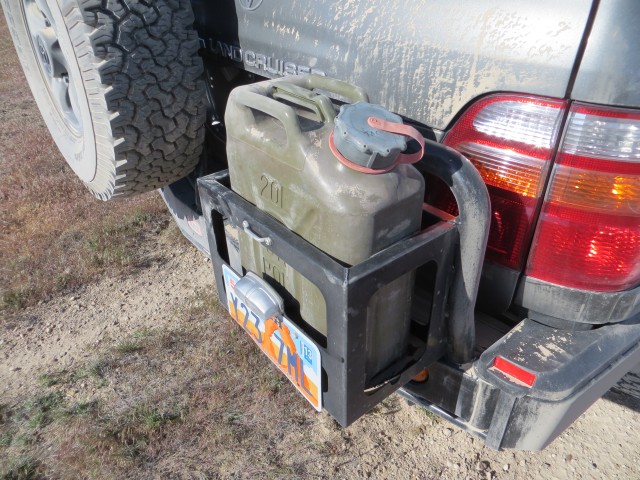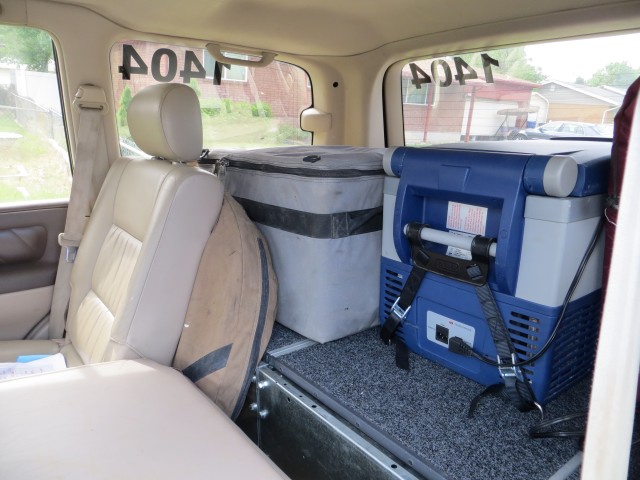- Location
- Sandy, Ut
Planning out the Pack: Discussing preparation and packing for a week on the trail
By Kurt Williams

Is this your camp setup? (Photo courtesy of Dave Lilligren)
"When preparing to travel, lay out all your clothes and all your money. Then take half the clothes and twice the money" - Susan Heller
This is a little different article for me, rather than focusing on a specific gear item or genre, or focusing on a particular upgrade I'm hoping to highlight the 'zen of packing'. Particularly some tips, tricks, and ideas to ponder when packing for a week on the trail. Specifically "camp to camp" trips in which you will likely be unloading and repacking each day as your trip has you on the move rather than staying at a single base camp. Packing for a single base camp is more on par with packing for a single night's camp, albeit a larger quantity of food, water and gear. While this article may be contain some helpful thoughts for base camping it is not within the intended scope. Likewise planning and packing for a trip lasting several weeks or more is different in its own right as well and again some thoughts here might be helpful but far from definitive. I don't know that anyone could consider themselves an expert on such a loosely defined subject, though I think with time and practice you get the point where you have mastered your personal packing needs and find that you feel 'expertly' prepared to head out on a trip knowing you have not left stuff behind. In some of my other gear articles such as my Roof-Top-Tent overview and 12V Fridge overview, I've tried to emphasize that neither will get you out in the wilds more. In other words, while both sound like they make camping more convenient and I personally agree they in fact do for my needs, my experience with customers and users has shown that if you didn't camp much before a RTT, you're not going to camp that much more with one. This is where this article really sways from the others, I truly do think that being well packed and more specifically organized packing will make the entire camping experience that much more enjoyable, from the time you start packing in your driveway until the last piece of gear is cleaned and put away when you get home. Furthermore, I think that you may in fact feel more inspired to get out more based on the ease of loading and unloading both at camp and at home when the trip is staging or over. Again, keep in mind that these are my findings and your results could and should vary, hopefully this articles gets the wheels turning in your head if nothing else.
So where to start? The first thing people start asking is "what should I bring". I'll admit the question seems a little naive too me but I'm an engineer at heart and much to the lament of my wife I'm a 'list guy'. So if you're not above grabbing a piece of paper and a pencil or creating a spreadsheet on your computer, I think you'll find a building a list is the most efficient way to pack. Again I'm a list guy, I have a list for trips in which I take my Tacoma or 100 Series, a similar albeit different list for my FJ40 and a addendum with spare parts and tools to take for either. Over the top? Absolutely, but I don't ever drive away from my house wondering what I forgot and I don't feel like I pack things just because they are there for the taking. My lists are specific to multi-day or quick day trips, each covering the needs I expect to encounter.
Making a list and check it twice:
First, break it down into the basic groups. Don't get overwhelmed by having a giant a to z list, instead a list of much smaller lists. For example I have a list for things inside the house, and that list is broken down into hygiene/clothing, sleeping gear, food. Then I have a garage list, which consists of tools, spares and recovery gear. Here is a sample:
Sleeping Gear
- Tent
- Ground Cover
- Sleeping Bag(s)
- Pillow(s)
- Cot(s)
- Air Mattress/Sleeping Pad(s)
Personal Gear
- Clothing
-- (list your specific needs here i.e. outerwear, shirts, pants, socks, boots, hats, etc)
- Rain Gear
- Hygiene & Toiletries
-- (list your specific needs here i.e. toothbrush/paste, soaps, shampoo, towel, toilet paper, etc)
- Medicines/First Aid
- Bug Spray, Sun Block, Chapstick, Sunglasses & Hat
Cooking & Food Prep
- Table
- Utensils
- Plates, Cups & Bowls
- Pots & Pans
- Stove & Fuel
- Cleaning Supplies
Food & Drink
- Perishable
- Dry foods
- Water
- Beverages
- Cooler
General Camp Gear
- Camp Chairs
- Camp Table
- Lantern & Fuel
- Flashlight & Batteries
- GPS Unit
- Communication equipment
- Garbage Bags
- First Aid Kit
- Maps & Guidebooks
Tools
- Plan for not only basic tools but specialty tools required for your specific vehicle.
- Hand tools
- Welder
- Vehicle Jack
Vehicle Spares and Maintenance
- Plan for realistic spares that match the trip your planning
Recovery Gear
- Recovery/Snatch Strap
- Winch tools winch equipped
-- Winch Controller
-- Tree Strap
-- Snatch Block
-- D-Ring(s)
-- Winch extension strap (non-elastic, 30+ feet)
-- Winch Anchor
- Lifting Device (Hi-Lift, Exhaust Jack, Floor Jack, etc)
Comfort/Entertainment/Safety
- First Aid Kit
- Camp Chair
- Shower
- Guns/Ammo
- Books & Games
- Camera
Pets
- Dog Food
- Water/Food Bowls
- Toys/Bones
Activity Specific
- Hiking Gear
- Fishing Gear
- Hunting Gear
- Climbing Gear
- Caving Gear
While that may look like an overly detailed list from first glance, I can assure you its 1/4 the size of my standard packing list and while I'll concede my list is too detailed, it does serve to prevent me forgetting something. For example when it comes to clothes I have line items for a work shirt and a pair of work pants, sandals and hiking boots, hat and beanie, undershirts and long-sleeve shirts, etc. I have a recommended quantity for the number of days I'll be out, i.e. socks are 1 per day, so if my trip is 7 days I take 7 pairs of socks. Now my wife will tell you I don't change my socks that often but I'd rather have a couple of spares and I really do try and put a fresh pair of socks on each night before bed, particularly when it is cold out. If your children will be joining you, add line items for them too. Don't forget about your pets either. Take this list and modify and expand it for your own uses or utilize one of the many other lists available as well, I've added some list links at the bottom of this article. Please post any others you find and are willing to share.
By Kurt Williams

Is this your camp setup? (Photo courtesy of Dave Lilligren)
"When preparing to travel, lay out all your clothes and all your money. Then take half the clothes and twice the money" - Susan Heller
This is a little different article for me, rather than focusing on a specific gear item or genre, or focusing on a particular upgrade I'm hoping to highlight the 'zen of packing'. Particularly some tips, tricks, and ideas to ponder when packing for a week on the trail. Specifically "camp to camp" trips in which you will likely be unloading and repacking each day as your trip has you on the move rather than staying at a single base camp. Packing for a single base camp is more on par with packing for a single night's camp, albeit a larger quantity of food, water and gear. While this article may be contain some helpful thoughts for base camping it is not within the intended scope. Likewise planning and packing for a trip lasting several weeks or more is different in its own right as well and again some thoughts here might be helpful but far from definitive. I don't know that anyone could consider themselves an expert on such a loosely defined subject, though I think with time and practice you get the point where you have mastered your personal packing needs and find that you feel 'expertly' prepared to head out on a trip knowing you have not left stuff behind. In some of my other gear articles such as my Roof-Top-Tent overview and 12V Fridge overview, I've tried to emphasize that neither will get you out in the wilds more. In other words, while both sound like they make camping more convenient and I personally agree they in fact do for my needs, my experience with customers and users has shown that if you didn't camp much before a RTT, you're not going to camp that much more with one. This is where this article really sways from the others, I truly do think that being well packed and more specifically organized packing will make the entire camping experience that much more enjoyable, from the time you start packing in your driveway until the last piece of gear is cleaned and put away when you get home. Furthermore, I think that you may in fact feel more inspired to get out more based on the ease of loading and unloading both at camp and at home when the trip is staging or over. Again, keep in mind that these are my findings and your results could and should vary, hopefully this articles gets the wheels turning in your head if nothing else.
So where to start? The first thing people start asking is "what should I bring". I'll admit the question seems a little naive too me but I'm an engineer at heart and much to the lament of my wife I'm a 'list guy'. So if you're not above grabbing a piece of paper and a pencil or creating a spreadsheet on your computer, I think you'll find a building a list is the most efficient way to pack. Again I'm a list guy, I have a list for trips in which I take my Tacoma or 100 Series, a similar albeit different list for my FJ40 and a addendum with spare parts and tools to take for either. Over the top? Absolutely, but I don't ever drive away from my house wondering what I forgot and I don't feel like I pack things just because they are there for the taking. My lists are specific to multi-day or quick day trips, each covering the needs I expect to encounter.
Making a list and check it twice:
First, break it down into the basic groups. Don't get overwhelmed by having a giant a to z list, instead a list of much smaller lists. For example I have a list for things inside the house, and that list is broken down into hygiene/clothing, sleeping gear, food. Then I have a garage list, which consists of tools, spares and recovery gear. Here is a sample:
Sleeping Gear
- Tent
- Ground Cover
- Sleeping Bag(s)
- Pillow(s)
- Cot(s)
- Air Mattress/Sleeping Pad(s)
Personal Gear
- Clothing
-- (list your specific needs here i.e. outerwear, shirts, pants, socks, boots, hats, etc)
- Rain Gear
- Hygiene & Toiletries
-- (list your specific needs here i.e. toothbrush/paste, soaps, shampoo, towel, toilet paper, etc)
- Medicines/First Aid
- Bug Spray, Sun Block, Chapstick, Sunglasses & Hat
Cooking & Food Prep
- Table
- Utensils
- Plates, Cups & Bowls
- Pots & Pans
- Stove & Fuel
- Cleaning Supplies
Food & Drink
- Perishable
- Dry foods
- Water
- Beverages
- Cooler
General Camp Gear
- Camp Chairs
- Camp Table
- Lantern & Fuel
- Flashlight & Batteries
- GPS Unit
- Communication equipment
- Garbage Bags
- First Aid Kit
- Maps & Guidebooks
Tools
- Plan for not only basic tools but specialty tools required for your specific vehicle.
- Hand tools
- Welder
- Vehicle Jack
Vehicle Spares and Maintenance
- Plan for realistic spares that match the trip your planning
Recovery Gear
- Recovery/Snatch Strap
- Winch tools winch equipped
-- Winch Controller
-- Tree Strap
-- Snatch Block
-- D-Ring(s)
-- Winch extension strap (non-elastic, 30+ feet)
-- Winch Anchor
- Lifting Device (Hi-Lift, Exhaust Jack, Floor Jack, etc)
Comfort/Entertainment/Safety
- First Aid Kit
- Camp Chair
- Shower
- Guns/Ammo
- Books & Games
- Camera
Pets
- Dog Food
- Water/Food Bowls
- Toys/Bones
Activity Specific
- Hiking Gear
- Fishing Gear
- Hunting Gear
- Climbing Gear
- Caving Gear
While that may look like an overly detailed list from first glance, I can assure you its 1/4 the size of my standard packing list and while I'll concede my list is too detailed, it does serve to prevent me forgetting something. For example when it comes to clothes I have line items for a work shirt and a pair of work pants, sandals and hiking boots, hat and beanie, undershirts and long-sleeve shirts, etc. I have a recommended quantity for the number of days I'll be out, i.e. socks are 1 per day, so if my trip is 7 days I take 7 pairs of socks. Now my wife will tell you I don't change my socks that often but I'd rather have a couple of spares and I really do try and put a fresh pair of socks on each night before bed, particularly when it is cold out. If your children will be joining you, add line items for them too. Don't forget about your pets either. Take this list and modify and expand it for your own uses or utilize one of the many other lists available as well, I've added some list links at the bottom of this article. Please post any others you find and are willing to share.

